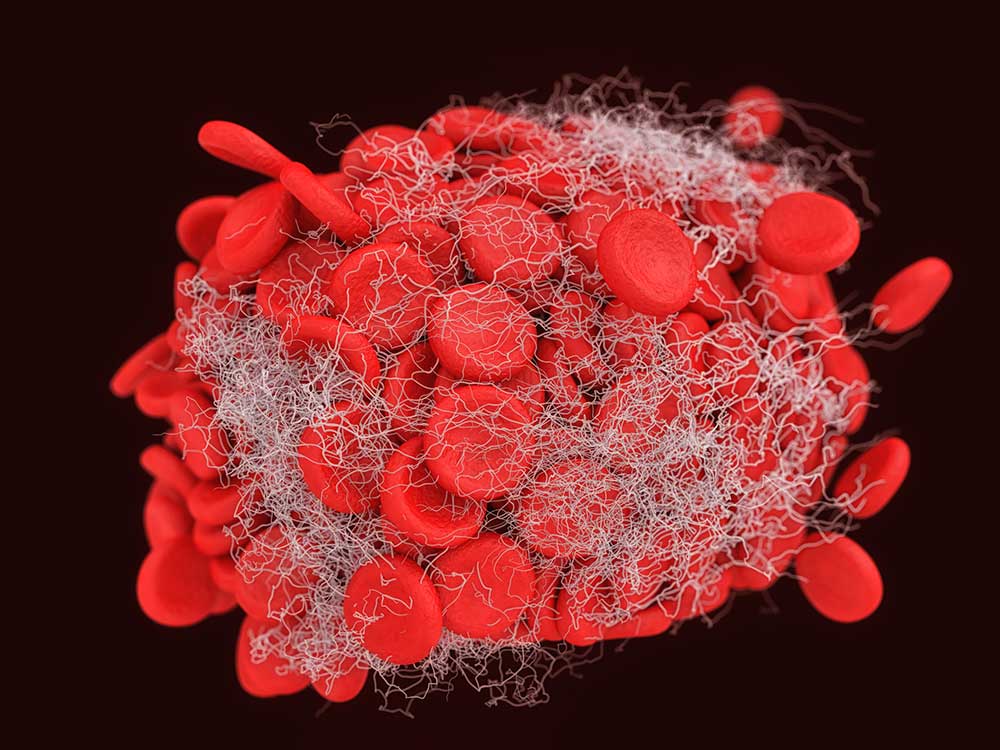Peripheral arterial disease (PAD) can be asymptomatic or be severe enough to make walking or moving your arms or legs difficult. It can even prevent wounds or ulcers from healing appropriately. PAD is caused by plaque buildup in the arteries that carry blood to your legs and feet, restricting blood flow.
For those unfamiliar with the term ablation, it is simply the removal of an object. However, there are many ways to perform this removal and many different situations to perform it in. In our case, we’re going to focus on ablation and its use on varicose veins.
An arterial blood clot can be quite serious, as it can block blood flow to major organs such as the heart or brain. While blood clots usually go away on their own, there are times when they will not dissolve naturally. Depending on the location of the clot, the condition can cause problems and you may need treatment.
If you're traveling soon and concerned about how your veins will hold up, we understand! This can be a common worry for people with vein issues.
Most patients diagnosed with a vascular condition are ready to resume their daily routine. But, diving back into your exercise routine may put you at risk of complications.
If this is the first you are hearing of Baker’s Cyst, you’re not alone. And the reason we are discussing it here, in our vascular practice, is because if this type of cyst ruptures the result is a painful, swollen leg, which at first glance may be indistinguishable from an acute deep vein thrombosis (DVT).













.jpg?width=944&name=Castle-Connolly-Top-Doctors-Emblem-Large%20(4).jpg)